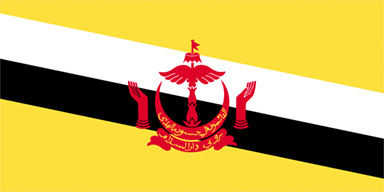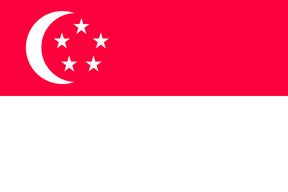
Research: Singapore 02
Singapore
2016.11.08 - 11.11
The last research trip of the SEA Project was conducted in Singapore again. The 2016 Singapore Biennale was held and Singapore was more vibrant than at the first research. The curators visited ateliers and galleries and talked about the contemporary art in Singapore. They visited each venue of the Biennale and saw many artworks by artists gathered from the world, mainly in Southeast Asia. Those works were expressed in various ways utilizing the characteristics of the exhibition space, stimulated the curiosity of the appreciator and gave many suggestions to the curator.
-
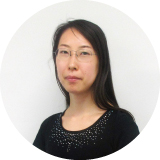 Yuiko Mukasa
Yuiko Mukasa -
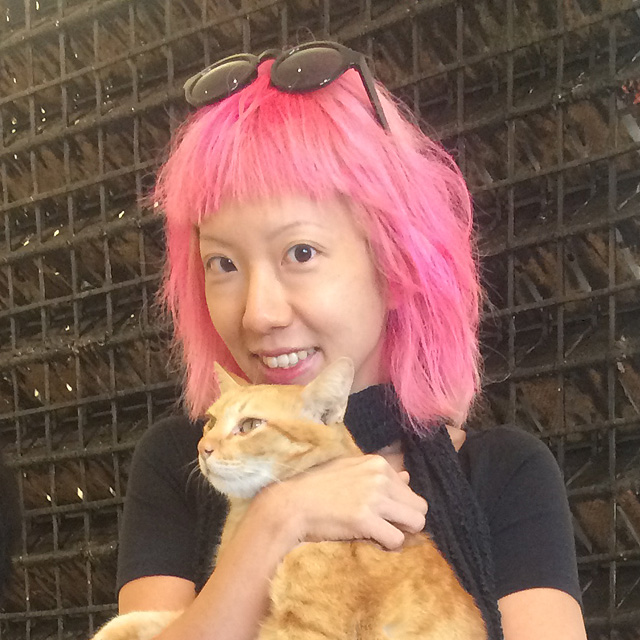 Ong Jo-Lene
Ong Jo-Lene -
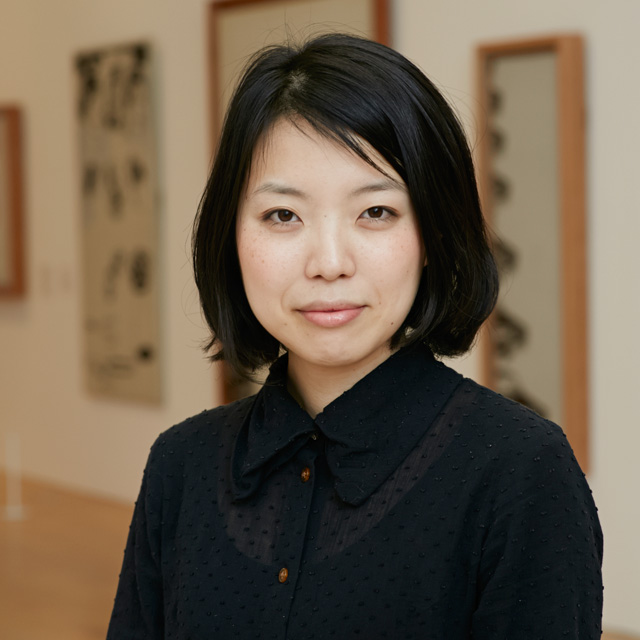 Haruko Kumakura
Haruko Kumakura -
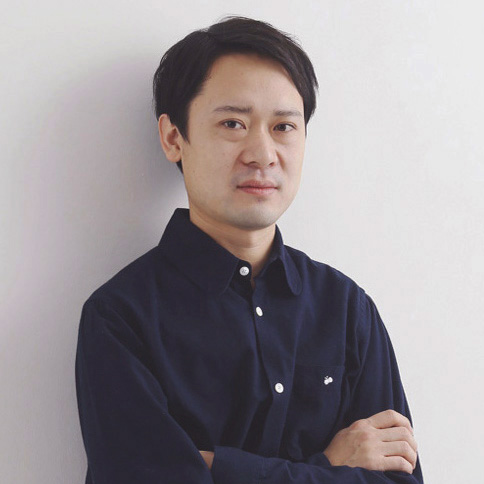 Hirokazu Tokuyama
Hirokazu Tokuyama -
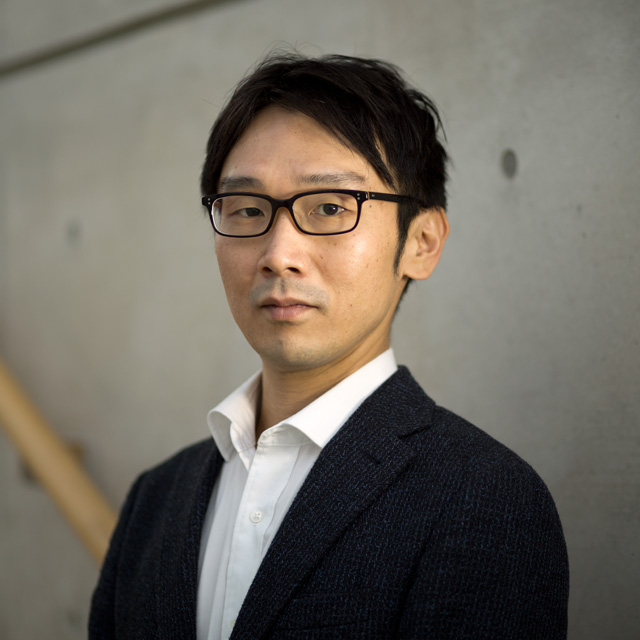 Naoki Yoneda
Naoki Yoneda
Notes on An Atlas of Mirrors: Appearances and Disappearances
“An Atlas of Mirrors” is the 6th edition of the Singapore Biennale. Launched in 2006 to coincide with the IMF/World Bank meeting in Singapore, the first 2 editions “Belief” and “Wonder” were organized by the National Arts Council and lead by the Director of Tokyo’s Mori Art Museum, Nanjo Fumio as artistic director. Subsequent editions of the biennale have been organized by Singapore Art Museum (SAM). This edition’s curatorial team comprises of five SAM curators and four external curators hailing from India, China, Malaysia, and Singapore working under the creative direction of Dr. Susie Lingham, a well-known artist who was the Director of SAM from August 1, 2013 to March 31, 2016. “An Atlas of Mirrors” explores shared histories and current realities within and beyond the region through nine conceptual zones, each accompanied by three key words/phrases. Spanning eight venues anchored around SAM, the biennale showcases sixty three artists and art collectives from nineteen countries and territories across Southeast Asia, East and South Asia, expanding the arc of its curatorial inquiry from the last edition’s focus on the Southeast Asian region. It instead strives to position Southeast Asia as a vantage point through which we recognize our world anew, reflecting on and navigating through how we picture the world and ourselves in it. The expansive and universal themes may at times sound overwhelming and confounding, but the flow of the exhibition that rhythmically intersperses contemplative and spectacular works offers an open-ended experience.
The following are three artworks that emphatically resonate with the theme of biennale.
1. Zulkifle Mahmod (1975-), SONICreflection, 2016
Consisting of nearly two hundred wok lids in a dark room, arranged on grid and bathed in glowing neon amber and blue light, the futuristic machine-like appearance of SONICreflection belies the material of its structure. This condition is not unlike isolation and drudgery of migrant lives behind many exuberant cities, not to mention the billions they send home in remittances. This sound sculpture utilizes recordings from various “sonic territories” in the city state, some of which are the Lucky Plaza on Orchard Road which has long been home to the Filipino community, the Peninsula Plaza’s congregation of Burmese shops, the Joo Chiat neighborhood that hosts many Vietnamese, and the City Plaza in Geylang Serai which is popular with the Indonesian community.
2. Martha Atienza, Endless Hours at Sea, 2014, 2016 (Photo: left)
Using material recorded from four journeys on cargo ships, Martha Atienza presents an immersive multimedia installation of projected images and sound to explore psychological and emotional states in sea travel, our relationship with water, and human migration. This artistic journey is a personal one as her parents met while working on cruise ships. The term “Overseas Filipinos” refers to the large number of Filipino citizens working abroad across the globe, estimated at approximately 10.2 million people, with 400,000 employed in the global shipping industry. This condition and the work allude to a certain deterritorialization, displacing prevailing ideas of settlement.
3. "Witness To Paradise 2016: Nilima Sheikh, Praneet Soi, Abeer Gupta & Sanjay Kak"
Dense and quiet, "Witness To Paradise" is a thoughtful curatorial project presenting reflections of memories, imagination, and narratives inscribed in the landscape of Kashmir, a land beset in one the longest territorial conflict that is still ongoing since 1947. Hanging embroidered garments from Abeer Gupta’s The Pheran(Photo: right) in the centre of the room and Praneet Soi’s Srinagar installation of papier-mâché tiles and a slideshow on a nearby table explore the material culture of Kashmir. Srinagar elucidating the plurality of cultural influences while The Pheran considers the widely worn garment by both men and women as symbol of Kashmiri identity and witness to the conflict and the changes that have taken place. Nilima Sheikh’s tempera paintings take inspiration from Kashmiri poets and architecture to produce a meditation on the nature of destroyed beauty. On the opposite end of the room, Sanjay Kak curates photographs by five photo-journalists to destabilize popular tropes around Kashmir.
Observations on Singapore Biennale 2016
Entitled An Atlas of Mirrors, the 2016 Singapore Biennale features works from a total of sixty-three artists and artist collectives across multiple venues including the Singapore Art Museum. Among these sixty-three are those we hope to include in the SUNSHOWER exhibition. So, in addition to interviewing and talking with artists and art dealers about the possibility of their participation, one of the purposes of this Singapore trip was to visit to the Biennale to see their works in their exhibition spaces. Out of the many works we saw, here I will introduce those by Araya Rasdjarmreamsook (1957-) and Htein Lin (1966-).
Araya Rasdjarmreamsook is an active Thai artist who has been participating in international exhibitions such as the 51st Venice Biennale of 2005. This time, in a large, separated room, she set up an installation with furnishings and video projections onto five screens. When entering the room, one passes through many long strips of white cloth hanging from the ceiling, until the screens, also hung from the ceiling, come into view. Images are projected on both sides of these screens—a close-up of someone’s hand writing letters on one side and the lapping of waves on the other, for example—which suggest the overlapping layers of many stories progressing in synchronization with the passage of time. Through imageries of animals, nude female figures, coffins borne by pallbearers, and the like, Rasdjarmreamsook embodies in this work her previous preoccupations, such as women in society and life and death, while also reflecting the particular theme of this Biennale.
Htein Lin’s installation composed of his numerous soap sculptures placed on the floor in the form of a map of Myanmar, his home country. This is a representative work of the artist and we had hoped to exhibit it at the "SUNSHOWER" exhibition. Since we had not yet obtained its details, this became a good opportunity for us to re-evaluate how exactly we were going to exhibit it. Upon seeing the work, we were convinced that it would need more space than we had thought; our tentative space would unfortunately not allow viewers to appreciate his work up close or from a slightly distant position. In light of this, we are exploring a different route, paying more attention on his drawings and reducing the scale of his soap sculptures. These works of Htein Lin reflect his experiences of imprisonment after joining the All Burma Students' Democratic Front in 1988.As these works narrate the political currents of Myanmar—its dictatorship, democratic movement, and military oppression—and the artist’s engagements as an activist, it is extremely important to figure out how to best present them in our show Thus, visiting the Singapore Biennale marks a very important step in organizing the "SUNSHOWER" exhibition.
Singapore Biennale 2016:
An Atlas of Mirrors
Its 6th iteration, the 2016 Singapore Biennale exhibited fifty-eight artworks and projects from nineteen countries focused on Southeast Asia but also including South and East Asia. It comprised of seven venues, with the Singapore Art Museum as the main venue, all with exhibitions based on nine different “zones” or sub-themes.
The curatorial team consisted of nine in total led by Susie Lingham of the Singapore Art Museum (SAM): five curators from SAM and four guest curators, each from India, Singapore, Malaysia, and China. This Biennale was characterized by many new art commissions, many of which were site-specific based on thorough research or local residencies. Furthermore, some works took up Singaporean or Southeast Asian history as their subject matter which gave the Biennale an overall consistency.
For example, SONICreflection by Singaporean artist Zulkifle Mahmod is a sound installation that uses sounds sampled from the streets of Singapore. Through the raucous city-sounds, Mahmod addresses the layers of social issues that Singapore is faced with such as multiculturalism and economic development. In addition, Aftermath (2016) by Pannaphan Yodmanee (1988-) of Thailand, a young female artist, is a massive mural installation composed of concrete walls, Buddhist sculptures, and other waste materials. It was a substantial and impressive work that contrasted the artist's own personal memories and fantasies with the history of Southeast Asia.
I surmise that the title of this Biennale, An Atlas of Mirrors, refers to both the overview of this exhibition and issues that reside beneath it. The word “atlas” indicates a “collection” of maps, and “mirrors” is also in its plural form. “Mirrors” function as a metaphor for the works exhibited, and what they “reflect” are each of the artists and audiences themselves, and, by extension, they reflect the individual’s realities as well as the illusions that lie at the opposite end of the spectrum. In other words, “an atlas of mirrors” signifies the set of mirrors on and from which reality reflects off of each other, creating a multitude of reflected realities.
Further, from “atlas” we get a glimpse of the exhibition trying to signify a certain direction. But what is important is that the direction presented here is not simply that of a single map but of a collection of maps bound together; possibly a [curatorial] statement that there is no single, consistent direction. In this age of multiculturalism, this itself seems to represent, as it is, the state(s) of Singapore and Southeast Asia as a multiethnic state and region.
Just as Susie Lingham used the word “fractal”*' to describe its curation, this Biennale is a reflection of the complex reality that repeatedly re-iterates and reflects off of itself; a process of “self-similarity” one might even say. Conversely, this character also seems to separate the Biennale from international exhibitions that are based on one specific theme, and also demonstrates the difficulties in the curatorial methodologies themselves which are based on the assumption of common, similar, shared issues across the region.
*Fractal is a geometrical concept introduced by the French mathematician, Benoît B. Mandelbrot (1924-2010). A fractal exhibits the whole even while being only a portion of it. Replicating itself, it’s property is called “self-similar.” It is said that fractals appear ubiquitously in the natural world.
ref.Fractacal Foundation
Special Thanks
Andrea Fam
Bruce Quek
Can Yavuz
Fredy Chandra
Joyce Toh
Kai Lam
Koh Nguang How
Lee Wen
Louis Ho
Suzann Victor
Syaheedah Iskandar
Zulkifle Mahmod
Research
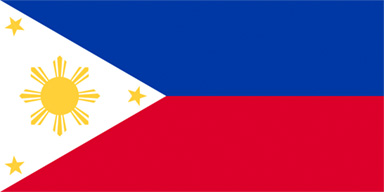
- The Philippines
- (2015.01.08 - 01.11)
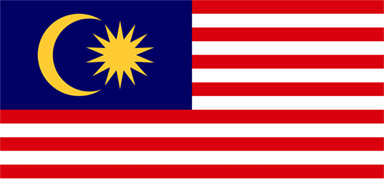
- Malaysia
- (2016.09.27 - 09.28)
- (2015.02.06 - 02.11)
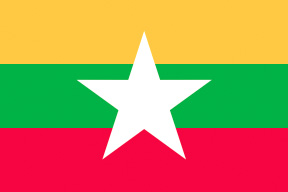
- Myanmar
- (2015.10.24 - 10.29)
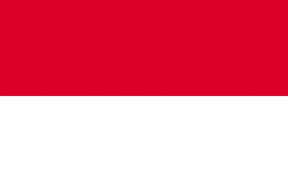
- Indonesia
- (2015.11.13 - 11.23)
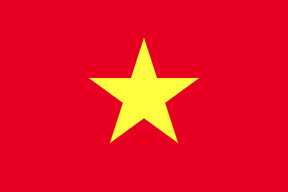
- Vietnam
- (2015.12.13 - 12.20)

- Singapore
- (2016.11.08 - 11.11)
- (2016.01.21 - 01.23)
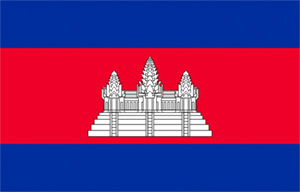
- Cambodia
- (2016.01.24 - 01.26)
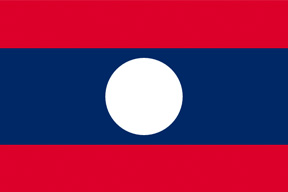
- Laos
- (2016.01.27 - 01.28)
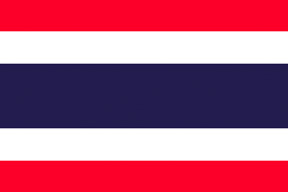
- Thai
- (2016.05.06 - 05.13)
